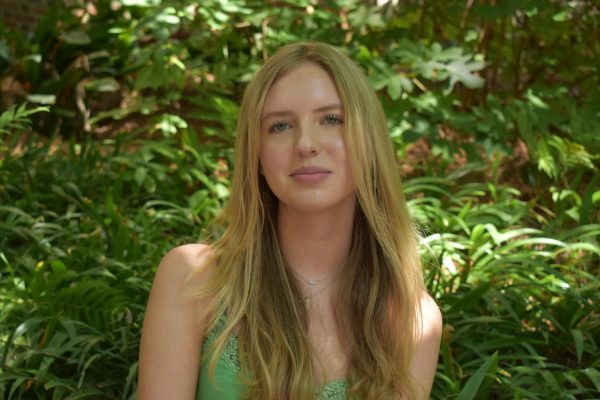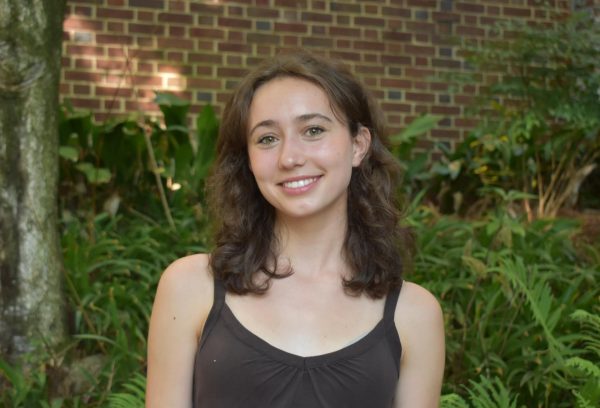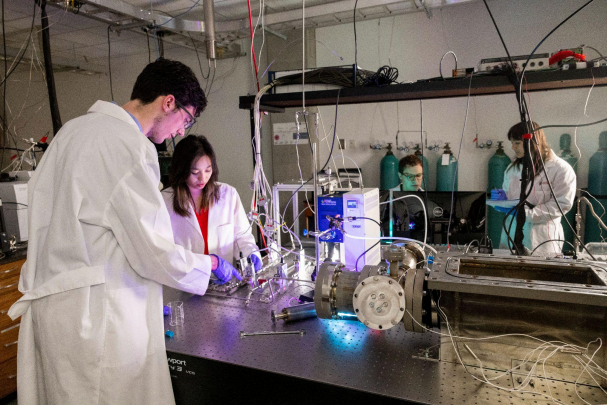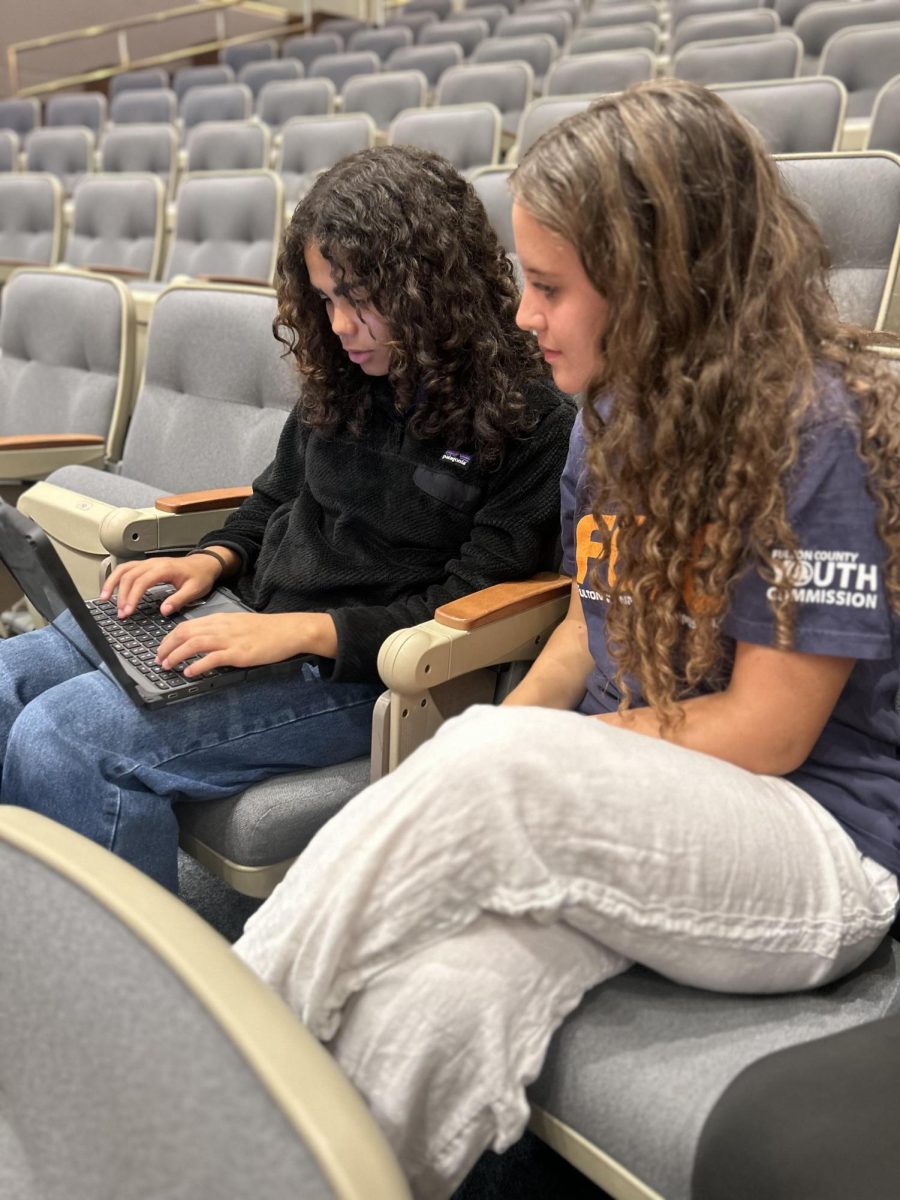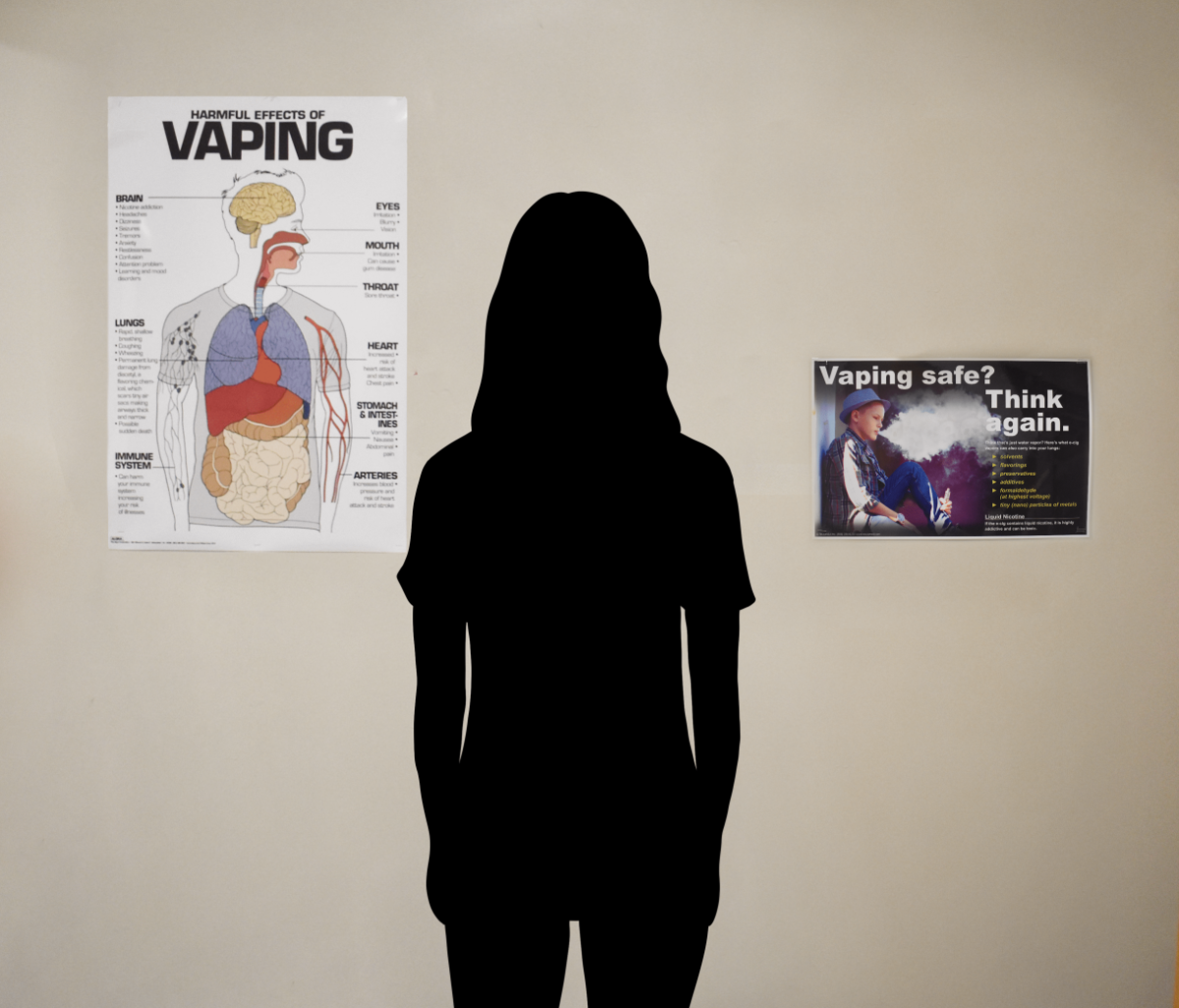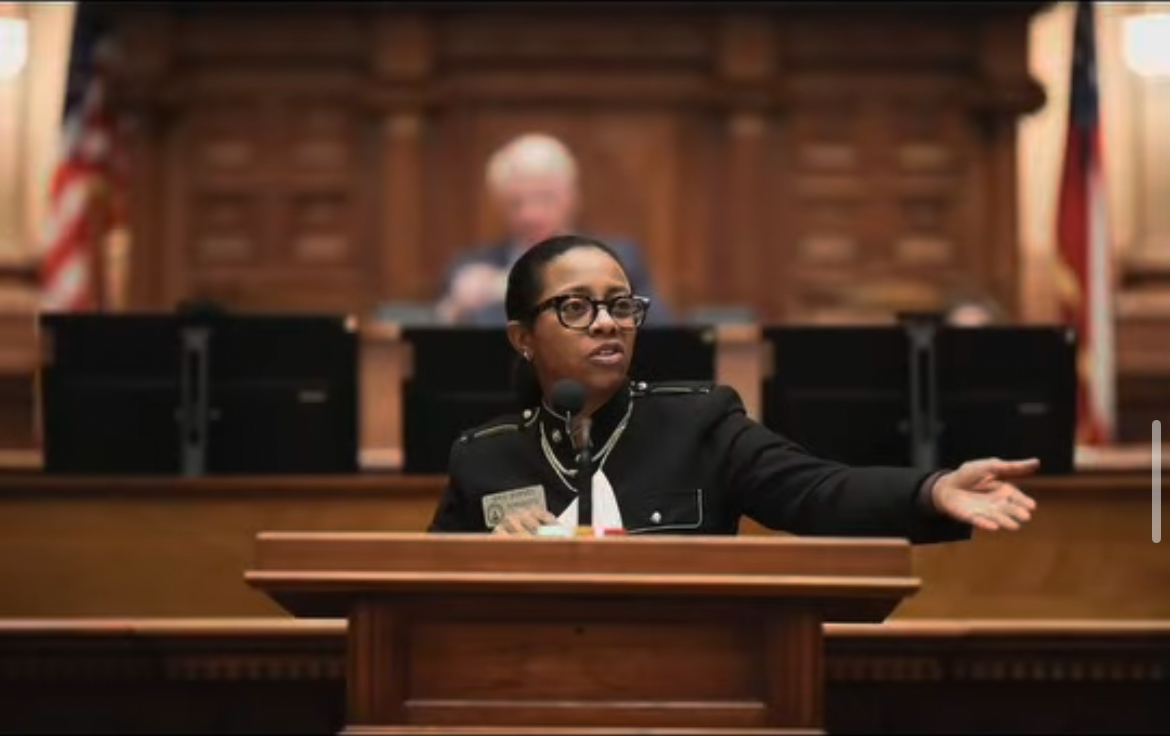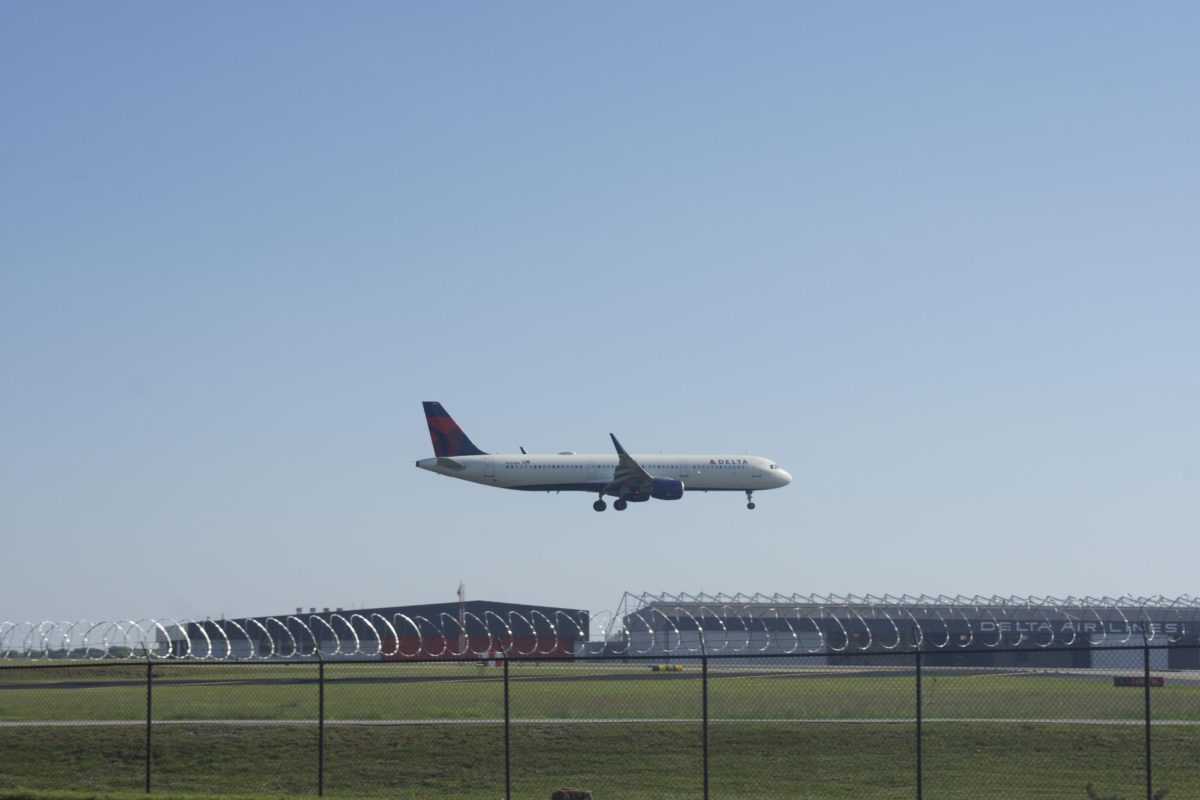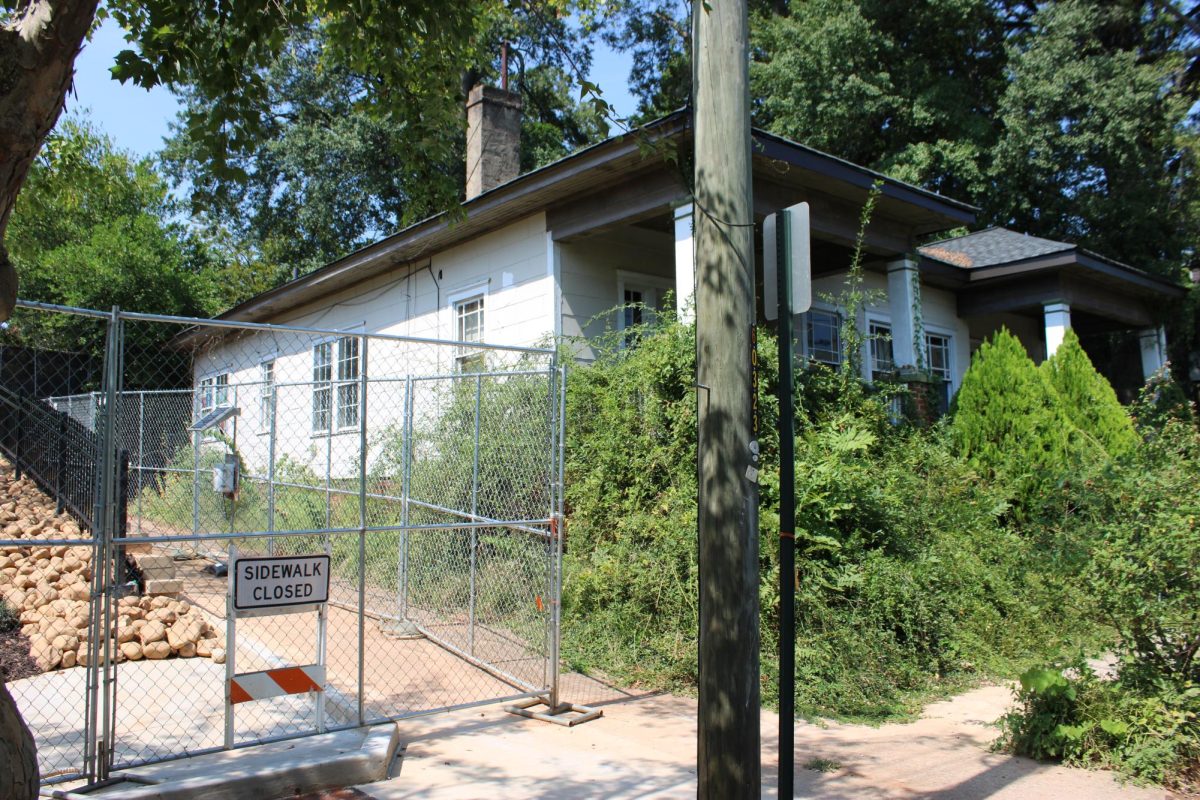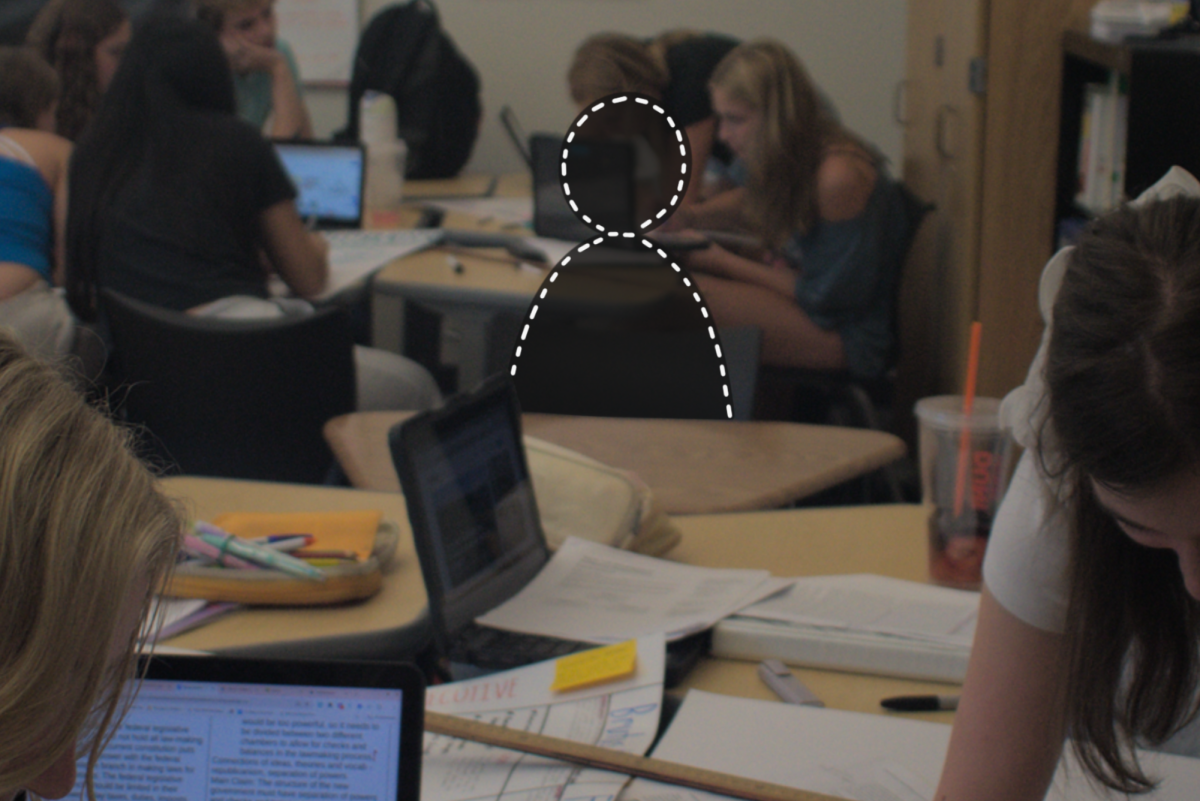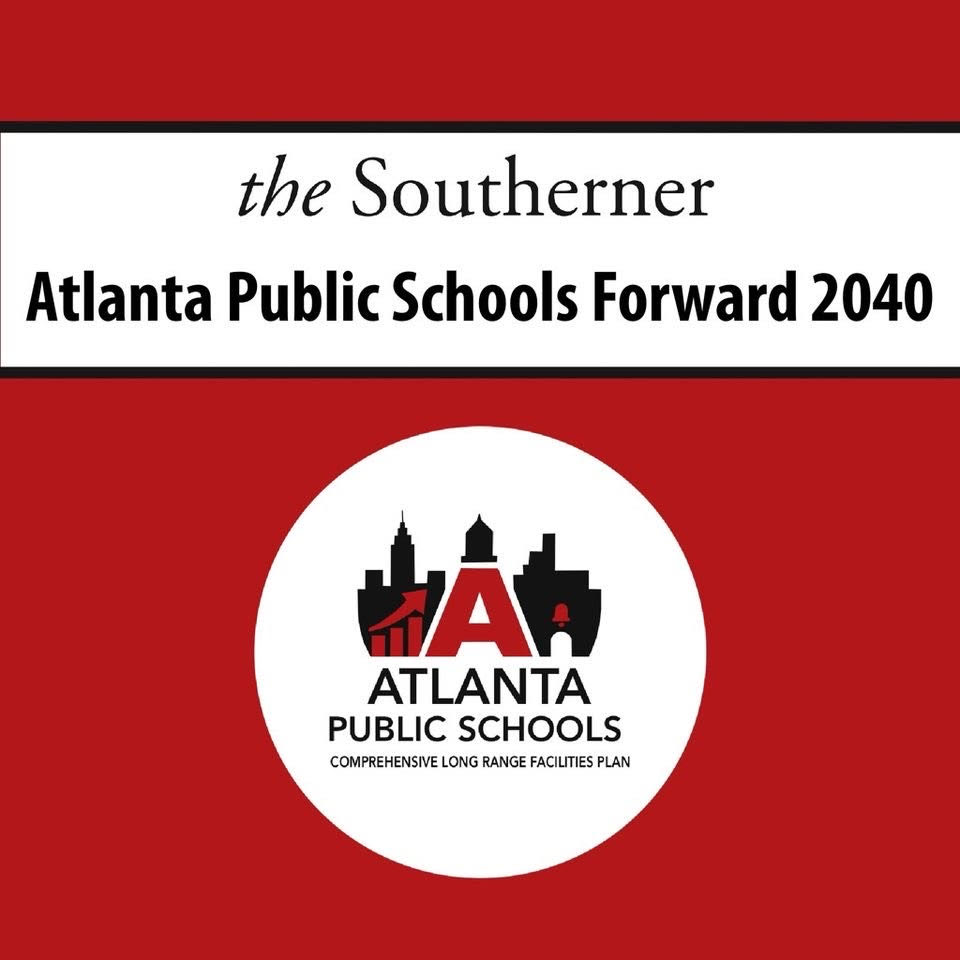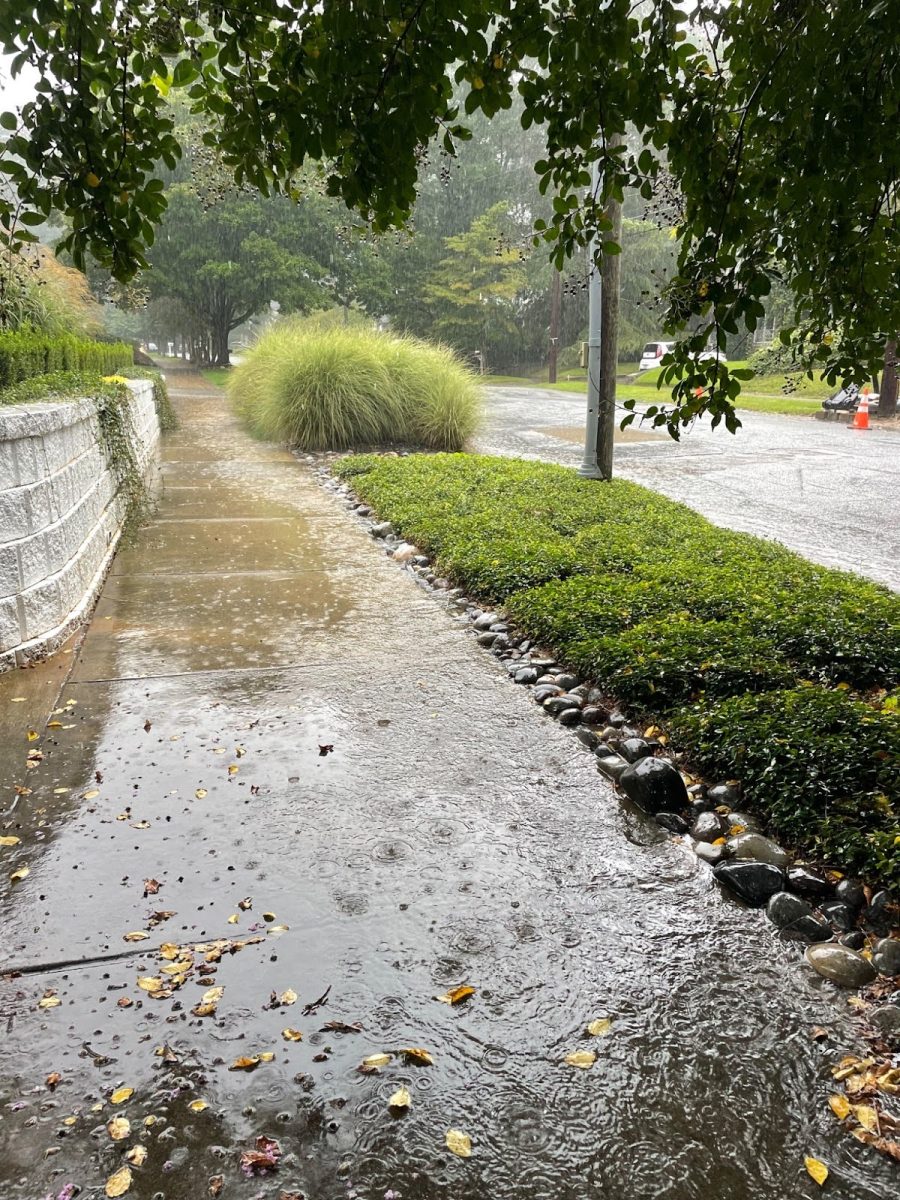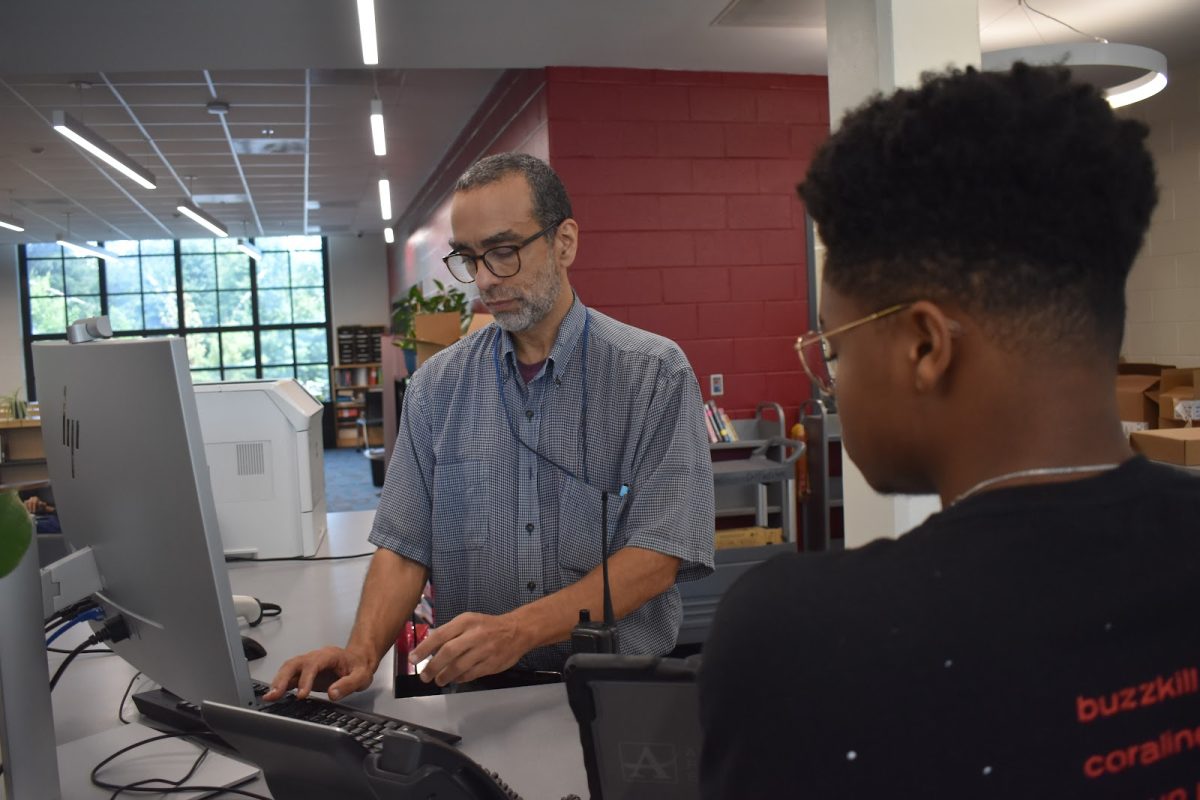District combats post-pandemic absenteeism with new interventions
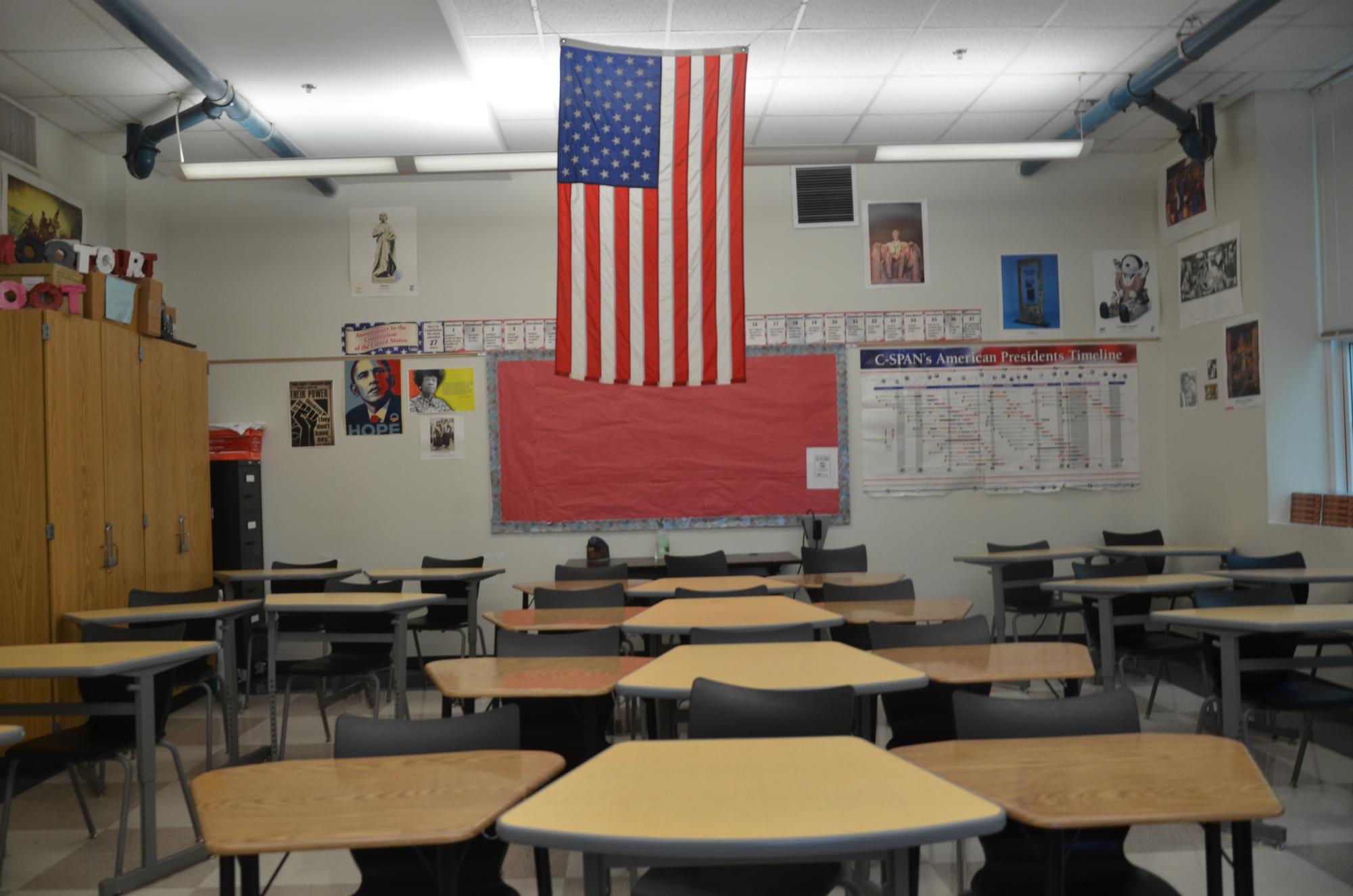
Since the pandemic, there has been an unprecedented rise in chronic absenteeism across Atlanta Public Schools. In response, APS truancy workers and school social workers have introduced new initiatives aimed at improving student attendance rates.
According to the Governor’s Office of Student Achievement, 35.4% of students in APS schools were chronically absent in the 2022-23 school year, an increase from 21% of students in 2018-19, pre-pandemic.
“The issue of chronic absenteeism is an issue facing all Metro Atlanta, and we’ve seen since COVID, students are not showing up to schools at [rates pre-pandemic],” school board member Ken Zeff said. “We’ve talked about how we need to have a strategy here, because all of the educational work that we’re doing doesn’t matter if kids are not are not in classes.”
Because absenteeism rates in APS have not returned to pre-pandemic levels, the district has prioritized intervention measures.
“What I like to say is that if we can do all of the amazing instruction and innovation every day, but the child isn’t at school, none of it matters,” Chelsea Montgomery, assistant superintendent of student services, said. “I really try to emphasize that absence is our absence, being in school is important.”
According to the Governor’s Office of Student Achievement, APS has had higher chronic absenteeism than any other school district in the Atlanta metropolitan area. Dekalb County the next highest rate behind APS, with a chronic absenteeism rate of 30.3% in the 2022-23 school year.
“Urban districts do struggle significantly more with chronic absenteeism than suburban and rural districts, and that is true across the country, and that also tracks for us, as well,” Montgomery said.
APS Truancy Social Worker Elesha Curvey said a key contributor to rising absenteeism is housing instability, which many students experience across the district.
“A lot of families have had their family living disrupted, either by homelessness or just being trained in transition, moving from place to place,” Curvey said. “So, the focus then becomes making sure that you have a stable [living] place, as opposed to making sure your child is in school every day without having a stable [living] place.”
Curvey said that in addition to housing instability, other barriers, such as health issues, play a role in preventing students from attending school.
“Therein lies issues such as food insecurity, not having clothes to wear to school, not having school supplies,” Curvey said. “A lot of our students have issues that are more so environmental, meaning they’re staying in places that are not hygienically appropriate. Mold, lots of dust, roach infestations, rat infestations, that can cause illnesses that are frequent, and going to the doctor is one part of it. But if you continuously go back to those environments, you know you’re continuously being impacted and ill.”
Since the pandemic, mental health challenges have increased, contributing to the rising absenteeism rates.
“School avoidance is on the rise and students are having anxiety or being depressed due to coming to school,” Curvey said. “They’re not feeling the school is a welcoming environment, when in the past, they may have felt that way. There’s lots of mental health concerns and aversions about attending school, so there’s a lot of new research coming about trying to address those issues.”
Additionally, Zeff said high school students are not as engaged as they were before the pandemic.
“In general, students are feeling less engaged since COVID,” Zeff said. “Kids feel less engaged with school; they feel less engaged with their fellow students, and they feel less engaged with their teachers.”
Zeff believes the best way to increase student engagement is to create meaningful teacher-student relations.
“If a student feels like they’re valued at school, they feel that they understand why they’re going to school, and they understand the value of it; they’ll find a way to get there,” Zeff said. “We need to invest in our teachers and our social workers so they can help to build those relationships. We just support a culture in the school of student engagement and student voice. And if we can do that, I think we’re going to make big strides in attendance.”
To address chronic absenteeism, APS utilizes a multi-tiered approach to suit the varying needs of students who are at risk of missing school.
“Tier one would be the universal preventions where we’re doing attendance campaigns; we’re doing rewards; we’re doing signage around the school, promoting attendance, making school inviting and engaging so that students will be compelled to want to come to school,” Curvey said. “We’re buffing up things like clubs in schools, or at least having the opportunity for having clubs in schools and other types of programs so that we can make [school] more exciting.”
Curvey said tier two offers more targeted interventions for students who show more significant signs of being chronically absent.
“Tier two is where we’re sending letters, reminding parents that attendance is important, what happens when a student misses, and that there is a law that supports attendance, which is the ‘Georgia Compulsory School Attendance Law,’” Curvey said. “We want parents to be aware that there can be punitive consequences for a child not attending school.”
Curvey said APS uses a more personalized approach once it is evident that a student is chronically struggling with absence.
“Tier three is where we involve the school social worker, and the school social worker also tries to address any barriers that were not caught during tier two to see what other resources can be offered,” Curvey said. “That’s assistance with connecting them to a housing agency, paying utilities, getting other economic resources, food and all of that.”
Curvey said in September, APS will launch a tier one prevention program known as “Everyday Labs,” which aims to consistently engage all families regarding their students’ attendance.
“By sending targeted mail and text message notifications, it will keep parents informed about their child’s attendance,” Curvey said. “Additionally, the program will provide expanded access to resources designed to help families address and overcome barriers to regular attendance. This approach has been proven to reduce chronic absenteeism by 11 to 15 percent. We look forward to using this program and improving overall student attendance.”
Past success with the program, along with its efficiency, has given Montgomery hope for its success in APS.
“[Everyday Labs] has some pretty immense research,” Montgomery said. “That’s one of the reasons that I like working with them because they have a lot of proven impact and outcome. Locally, they’re in DeKalb County and Fulton County, and across the country, they’re in several districts in Texas. They’re in a lot of urban districts. On our end, there is a financial cost, but once we kind of plug it into our student information system, it just runs in the background, so we get an attendance intervention without taking a lot of time away from staff members to still work with students and families.”
Montgomery said APS is also unveiling a center for student and family support to make resources more accessible, and to hopefully address some of the underlying factors of absenteeism.
“We are opening the ‘APS Student and Family Support Hub,’ so we’re moving all of Student Services out of the central office over to a renovated school on the West Side,” Montgomery said. “We have designated parking for students and families; we’re going to have a massive free store, so come get hygiene supplies, cleaning supplies, new clothes, shoe drives, hopefully even a free mini grocery store. If parents, foster families, homeless families need anything related to discipline, registration, we will all be located over there. We try really hard in our community, but navigating the resource landscape in Atlanta is harder than it needs to be for families.”
Last school year, APS unleashed “Supporting Education, Empowerment and Development for Success,” a pilot program in partnership with the Solicitor General aimed to divert parents with chronically-absent elementary students from being charged with educational neglect.
“We worked with close to 20 parents, offering parenting classes and supporting them, not only with attendance but just a lot of what they were going through, it really turned into a great safe space for these parents,” Montgomery said. “They attended classes, and rather than going to court or getting fines, because we never want to get near that if we don’t have to. We worked with them to kind of form this partnership to offer a really intense parent university.”
Across the district, different schools have implemented different intervention systems to combat absenteeism in a way that tailors to their school populations.
“Not all schools are the same,” Curvey said. “Some schools have more interaction and opportunities than others, so we’re trying to see where there’s a lack in some schools, trying to boost and engage it, so that our district, no matter what school you move to, you get the same feeling of community, family and all that.”
Jacquelyn Gilliard, school social worker at Jean Childs Young Middle School, said that school is a critical place for students to get the social and emotional support they need.
“We see that attendance affects everything, academics, behavior, social, emotional,” Gilliard said. “We have a therapist that comes once a week, so if they’re not here, they’re missing those therapy sessions. In order for them to thrive, they need to be at school every day.”
Barack and Michelle Obama Academy school social worker Sasha Afeso said the school incentivizes students who maintain good attendance.
“The principal every morning picks a kid from each grade level, and they come up and get a small token of appreciation for coming to school every day, which kicks our day off with starting to talk about positive attendance,” Afeso said. “We do monthly parties. We do different call out circumstances and things like that. We do different competitions for our kids to address their attendance, and then they get different rewards.”
Dr. Dammeon Marshall, a school social worker at Humphries Elementary School, also provides incentives through field trips and school parties to encourage students to come to school.
“For those students that have perfect attendance from the beginning of the school, technically it starts September 1, all the way to December 10, if they do not miss any days of school, they are awarded a field trip,” Dr. Marshall said. “The past two years, we have gone to the World of Coca Cola … the kids always look forward to the field trip. It is like the talk of the school who’s going on the field trip, who is and who has good attendance. So, it does create a buzz.”
Afeso aims to not only celebrate attendance but to also educate students and parents about chronic absenteeism.
“And, so right now, we want to teach them what chronic attendance is because a lot of people don’t recognize that chronic attendance is missing just eight days out of a school year,” Afeso said. “And what happens when you miss those days? Well, you can be behind significantly with literacy and math. And one of the things we’re trying to do is teach attendance and address the connection between attendance and education.”
Dr. Marshall said Humphries aims to build rapport with parents to further encourage attendance.
“We are in a low-income area, there are a lot of challenges and barriers that our families and our parents will see or may experience, and because of that, it typically just adds more red tape, more stress, more issues, and for them, sometimes those issues, those barriers, or those crises, come before the kids’ schooling,” Dr. Marshall said. “It’s one of the reasons why we always try to engage our parents and have conversations and let them know we’re here to support.”
Afeso said that faculty members at Barack and Michelle Obama Academy are trained to recognize the signs of chronic absenteeism, helping to prevent the issue.
“We have really strong protocols within the building to kind of catch it early,” Afeso said. “We train our staff on attendance protocols; our staff and our teachers send messages to parents every day when a kid is missing. We have a front office clerk who calls and checks in with a family. Our principal does a robocall to make sure that if they’re not there in the morning, to get the hearing from her.”
Gilliard said she aims to provide a more intensive support system in the upcoming school year for students who struggle with attendance.
“This year, I want to do more than just going in the cafeteria and going over the calendar and giving incentives; I want to pull them out and be more intensive with our students who are struggling with attendance and have small group sessions with them,” Gilliard said. “I’m trying to put together a team that will really be able to dig deeper into addressing attendance concerns, supporting all the teachers, and making the phone calls, if needed, and just catching students [who struggle with attendance] early.”
Afeso said the primary strategy Barack and Michelle Obama Academy took to reduce absenteeism was to promote and celebrate the school culture and engage with the community.
“From 2022 to 2024, our average daily attendance rate increased from 51.4% to 71.9% and so we saw significant growth within the last two years,” Afeso said. “It took for us to shift from just having individuals support attendance, to having a school culture and climate around positive decisions.”
Dr. Marshall said that implementing more interventions for chronic absenteeism led to significant improvements in attendance rates measured by Georgia’s College and Career Ready Performance Index (CCRPI) for Humphries.
“The first year we got here, we ended the CCRPI at 49.1%,” Dr. Marshall said. “We completed the last school year with a percentage of 67.9%, so you can see the huge jump we had. Our goal is to increase that by 3% by the end of the year. We hope to be at 70%, but again, over the period of two years, you can see the tremendous jump that we have had.”
Recent efforts across the district have resulted in incremental success despite chronic absenteeism being a prevailing issue.
“We have reduced students identified as chronically absent over the course of last year compared to the year before, by 1.9% that is actually 1198 students,” Montgomery said. “The fact that that many students is only 1.9% just shows how significant the problem is, but that’s still a lot of kids, so we are headed in the right direction.”
Montgomery said APS has made strides in reducing out-of-school suspensions, which contribute to attendance issues.
“We’ve reduced out of school suspensions from one year to the next, so over the course of last year, 5.6% for a reduction of 2372 days,” Montgomery said. “You don’t typically think of that as an attendance issue, but that is over 2000 more days that students were in school. Sometimes we are the attendance problem when it comes to discipline.”
Curvey hopes to eventually achieve an attendance rate of at least 98%.
“I should say 100%, but with the state’s attendance rating scale (CCRPI), it doesn’t matter if you’re ill; it doesn’t matter if you’re suspended, an absence is an absence, and that’s what chronic absenteeism is,” Curvey said. “But I would like to decrease the unexcused absences at least by 98% to 100% where we at least know at least know why the child is out, as opposed to them just being absent, and we have no clue. And we still have to go on an expedition to try to see what the issues are.”
Despite having ambitious goals for attendance rates, Curvey said there has been slow progress with improvements.
“It’s a slow build,” Curvey said. “The district has a multi-tiered attendance protocol that explains each step for each absence that occurs, and so when schools follow that, we see small increases. But it takes consistency and takes all hands on deck in order to enforce attendance policies, protocols and other measures. We have to celebrate the small wins, one to 3% and then hope that we can remain consistent, so that we can see change on a larger scale.”
